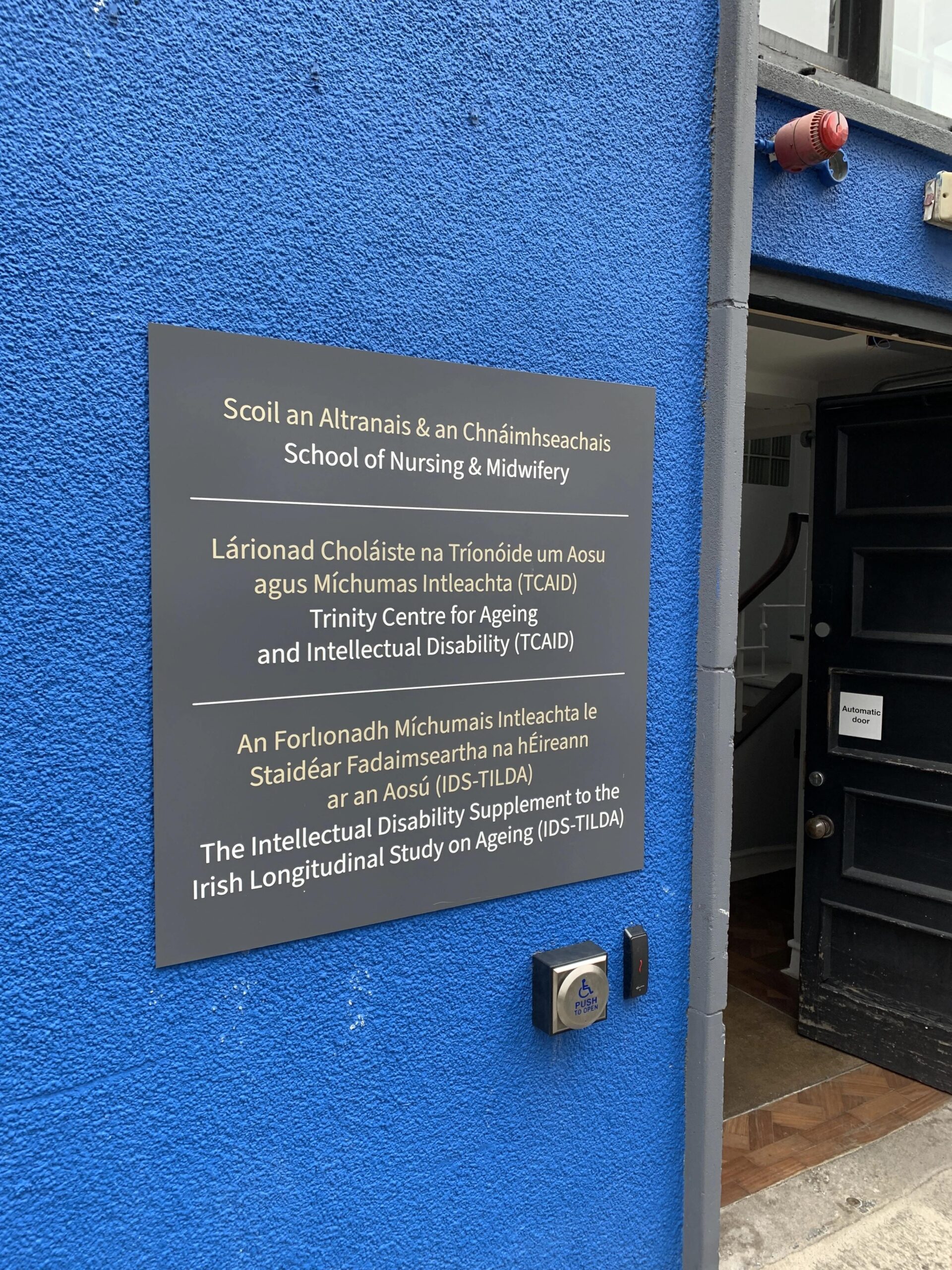Surveys and Subtleties
By: Amanda He

The Trinity Centre for Ageing and Intellectual Disability!
During my weeks researching at the Trinity Center for Aging and Intellectual Disability (TCAID), I’ve been able to learn quite a bit about the different ways that research is conducted. One such aspect of research that I’ve been able to learn about and see emphasized within the TCAID has been Patient and Public Involvement (PPI), where throughout the research process, the populations affected by the research are involved within the development of studies.
One such project that I had the privilege of working on involved PPI, focusing on the development of a study that would look into the effect of exercise on Down Syndrome and dementia. As a part of this project, I learned how to develop an EasyRead survey for people with Down syndrome and other intellectual disabilities that focused on asking questions about how to best include exercise within a study. This survey is a part of the Horizon21 consortium, which is a global consortium focused around the connection between Down Syndrome and Alzheimer’s Disease, and will hopefully be distributed to the different parts of the world that are connected to Horizon21.
When developing an EasyRead document, there are a lot of different aspects that you have to think about, ranging from the pictures that you include to the font of the text to the spacing and choice of the words. In order to refine the EasyRead document to be distributed to people with Down syndrome, I had to get the perspective of someone who has Down syndrome, leading me to meet with one of the members of TCAID’s Down Syndrome advisory panel named Mei Lin. After developing the first draft of the EasyRead survey for the study, I sat down with Mei Lin, who reviewed every detail of the survey, showing me how she thought as she went through the survey and giving me feedback on how to improve it.
There were so many details that I had never even thought about as I was developing the guidelines. Mei Lin gave me recommendations on pictures that would fit with the explanations, suggestions for changing the formatting, and helped me rewrite some of the text that was more confusing. There are so many nuances that I had never thought of, and it was truly amazing to see how her brain worked and see how committed she was to helping me develop this survey.
After 1.5 hours of reviewing the survey and chatting away, I had the feedback that I needed to make the survey more accessible. It’s truly amazing to see how everyone thinks differently and how many details stand out to each person, and I’m so glad that I’ve gotten the opportunity to learn about the subtleties of PPI and research!
The Global Research and Internship Program (GRIP) provides outstanding undergraduate and graduate students the opportunity to intern or conduct research abroad for 8 to 12 weeks over the summer. Participants gain career-enhancing experience and global exposure that is essential in a global workforce.